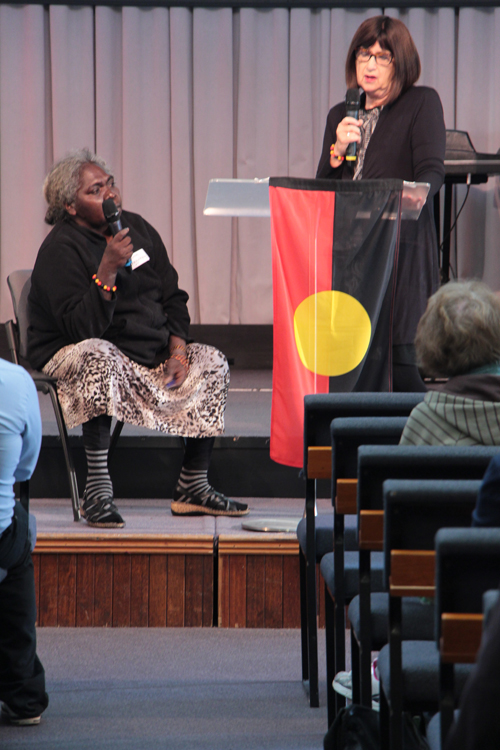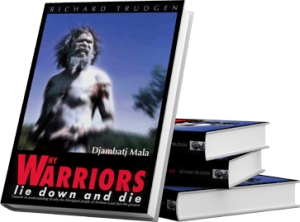The AHED Project (the not for profit arm of Why Warriors) held its first conference on 24th May 2014 in Melbourne in collaboration with Manna Gum, TEAR Australia, Surrender, Essendon Baptist Church and Tabor College, titled: Future Dreaming: Purpose, Passion & Power in Remote Indigenous Communities
Videos of the main plenary sessions are now available for viewing:
Session 1: Joanne Garnggulkpuy (Managing Director, Yalu Marnggithinyaraw) and Gwenda Baker (Monash University)
Title: The history of economic activity of the Yolngu people in Arnhem Land – then and now.
About the presenters:
Joanne Garnggulkpuy is an experienced teacher, Wangurri elder and social researcher. A co-founder and now Managing Director of the Yalu’ Marnggithinyaraw Research Centre at Galiwin’ku, she has guided and mentored many research projects, helped develop the Yothu Yindi school curriculum, has been involved in Menzies School of Health research and has been Secretary and Chair of the Council for Aboriginal Alcohol Program Services, NT. Garnggulkpuy is currently Manager of Yalu which is working on the Stronger Communities for Children Program with the Red Cross; and a Cultural Mentor Program. The Yalu IPS Program is teaching young children and families about kinship systems and Yolngu culture.
Dr. Gwenda Baker is a Professional Historian with a long relationship with the people at Galiwin’ku. In 2010-2011 she was a co-researcher with Joanne Garnggulkpuy on a project recording Yolngu stories about life on Elcho Island during the time of the Methodist Mission. She has written on the intersections between Aboriginal religious beliefs and Christianity; the re-interpretation of missionary activity by Aboriginal leaders; Aboriginal women and their spiritual, social and political leadership; and the fight for Land Rights. Gwenda is currently the Australian Religious History Fellow at the State Library at New South Wales and Adjunct Research Fellow at the Monash Indigenous Centre.
Please click here to view the other conference sessions:





Future Dreaming Conference: Session 3 •
[…] Session 1: Joanne Garnggulkpuy (Managing Director, Yalu Marnggithinyaraw) and Gwenda Baker (Monash U… Title: The history of economic development in Arnhem Land – then and now. […]
Future Dreaming Conference: Session 2 •
[…] Session 1: Joanne Garnggulkpuy (Managing Director, Yalu Marnggithinyaraw) and Gwenda Baker (Monash U… Title: The history of economic development in Arnhem Land – then and now. […]